FIRST PLACE - Specimen: Rotifer Floscularia ringens feeding. Its rapidly beating cilia (hair-like structures) bring water-containing food to the rotifer. Technique: Differential interference contrast microscopy. (Charles Krebs/Issaquah, Washington, USA)
FIFTH PLACE - Specimen: Live coral Goniastrea sp., known as green brain coral. One full polyp in the center is shown with four surrounding polyps. Walled corallites are purple. Technique: Phase contrast illumination. (James H. Nicholson/NOAA/NOS/NCCOS/Fort Johnson Marine Resources Center/Charleston, South Carolina, USA
SIXTH PLACE - Specimen: Stinkbug eggs. Technique: Brightfield illumination. (Haris Antonopoulos/Athens, Greece)
SEVENTH PLACE - Specimen: Drosophila ovaries and uterus. Technique: Fluorescence. (Gunnar Newquist/University of Nevada/Reno, Nevada, USA
NINTH PLACE - Specimen: Living diatom Mediopyxis helysia, showing the cell nuclei and golden chloroplasts. Technique: Brightfield. (Wolfgang Bettighofer/Kiel, Germany
TENTH PLACE - Specimen: Spherical colonies of Nostoc commune, a bluegreen alga.Technique: Darkfield illumination. (Gerd Guenther/Duesseldorf, NRW, Germany)
HONORABLE MENTION - Specimen: Serum arrested Mouse L-1210 cells engaged in spontaneous apoptosis (programmed cell death) after nutrient depletion and acid hydrolysis. Technique: Phase contrast microscopy, 400x, image scanned and enlarged. (Frank Abernathy/Jamestown, Ohio, USA
HONORABLE MENTION - Specimen: Plant seed from freshwater pond near Moscow, Russia. Technique: Fluorescence, 10x objective. (Daniel StoupinMoscow, Russian Federation)
HONORABLE MENTION - Specimen: Cross section of a cat tooth showing membrane surrounding the outside of tooth. Technique: Darkfield illumination, 25x magnification. Image composed of 38 images. (Tim Tiebout/Rochester Institute of Technology/Rochester, New York, USA)
HONORABLE MENTION - Specimen: Neuronal culture. Technique: Fluorescence, 6 images stitched at 40x magnification. – (Dr. Jan Schmoranzer/Freie University, Berlin, Institute for Chemistry and Biochemistry/Berlin, Germany
HONORABLE MENTION – Specimen: Pretarsus of the third leg of a female drone fly (Eristalis tenax), ventral view. Technique: Confocal, autofluorescence, 20x. (Dr. Jan MichelsInstitute of Zoology/Christian-Albrechts-Universität zu Kiel/Kiel, Germany)
HONORABLE MENTION – Specimen: Rat cerebral cortex with astrocytes’ (yellow) endfeet wrapping around blood vessels (red). Cell nuclei are cyan. Technique: Confocal microscopy, spectral imaging with 50 Z-slices. (Madelyn May/Rensselaer Polytechnic Institute/Troy, New York, USA)
HONORABLE MENTION - Specimen: Mast cell - human eye with conjunctivitis. Image composed of 42 stacked sections. Technique: Confocal microscopy. (Donald Pottle/The Schepens Eye Research Institute/Boston, Massachusetts, USA)
HONORABLE MENTION - Specimen: Damselfly eye. The image reveals the regular, crystal-like hexagonal lattice of the eye’s elements. Technique: Projection of confocal stack, 20x objective. (Dr. Igor Siwanowicz/Max Planck Institute for Neurobiology/Munich, Germany
HONORABLE MENTION – Specimen: NIH-3T3 connective tissue cells co-transduced with 5 fluorescent proteins. Technique: Confocal microscopy. (Dr. Daniela Malide/National Institutes of Health/ Bethesda, Maryland, USA)
HONORABLE MENTION – Specimen: Forewing (elytron) of the green tiger beetle. (Cicindela campestris) Technique: Reflected light microscopy. (Dr. Jerzy Gubernator/Wroclaw, Poland
HONORABLE MENTION – Specimen: Adult mouse hippocampus, a region of the brain involved in learning and memory. Reactive astroglia (pale yellow) have proliferated and enlarged in response to neuronal activity over time. Technique: Confocal microscopy, Z-stack of 7 slices. (Dr. Sandra Dieni/Institute of Anatomy and Cell Biology, Albert-Ludwigs University/Freiburg, Germany
HONORABLE MENTION – Specimen: Sporangium of the slime mold Craterium minutum. Technique: Fluorescence. (Dr. Dalibor Matýsek/Mining University - Technical University of Ostrava/Ostrava, Czech Republic
HONORABLE MENTION - Specimen: Juvenile live bay scallop Argopecten irradians. The ultimate goal of this research is to help restore scallop populations in Rhode Island. Technique: Stereomicroscopy, 1x magnification. (Kathryn Markey/Aquatic Diagnostic Laboratory, Roger Williams University/Bristol, Rhode Island, USA)
The Olympus BioScapes Digital Imaging Competition winners are currently on display at the New York Hall of Science. This competition, in its ninth year, is a dynamic international photo competition which honors the world's most extraordinary microscope images and videos of biological subjects. The Olympus BioScapes exhibit will be on display through August 31st. You can see the winners and many honorable mentions on the Olympus Bioscapes web site. -- Paula Nelson
The Boston Globe
Balderrama, la zamba, el boliche y su historia. (por Lua) Hace unos días le prometí a un viajero contarle quien era Balderrama y como era ese viejo boliche salteño. He rastreado información y aquí se las comparto. Para empezar, hay una zamba muy conocida en nuestro país, que justamente se llama Balderrama, cuyos autores de letra y musica respectivamente, son Manuel Castilla y el Cuchi leguizamón. A continuación, la zamba misma: (Así lo canta Jorge Cafrune) (mi comentario) Zamba de Balderrama A orillas del canal al despuntar la mañana salió la noche cantando desde el lau' de Balderrama, salió la noche cantando desde el lau' de Balderrama Adentro puro temblar el bombo en las baguala y si amanecen cantando dele chispear la guitarra Nochero, solito brotes del alba dónde iremos a parar si se apaga Balderrama dónde iremos a parar si se apaga Balderrama Si uno se pone a cantar el cochero lo acompaña y en cada vaso de vino tiembla el lucero del alba y en cada vaso de vino





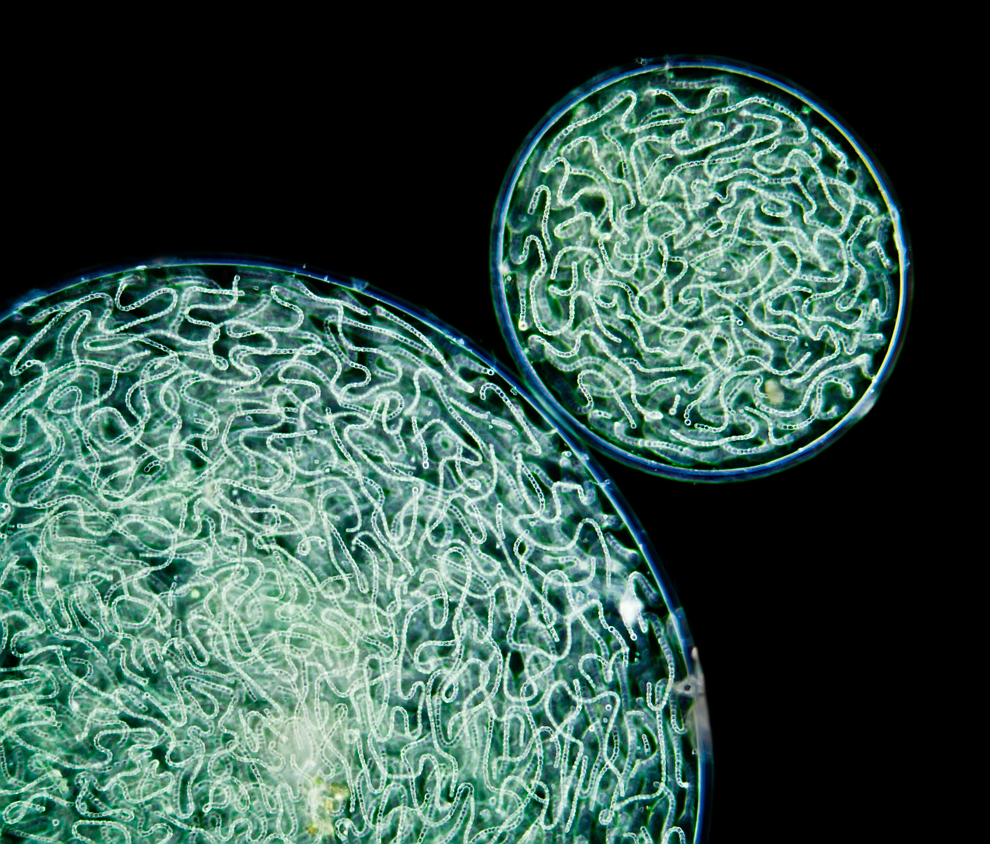




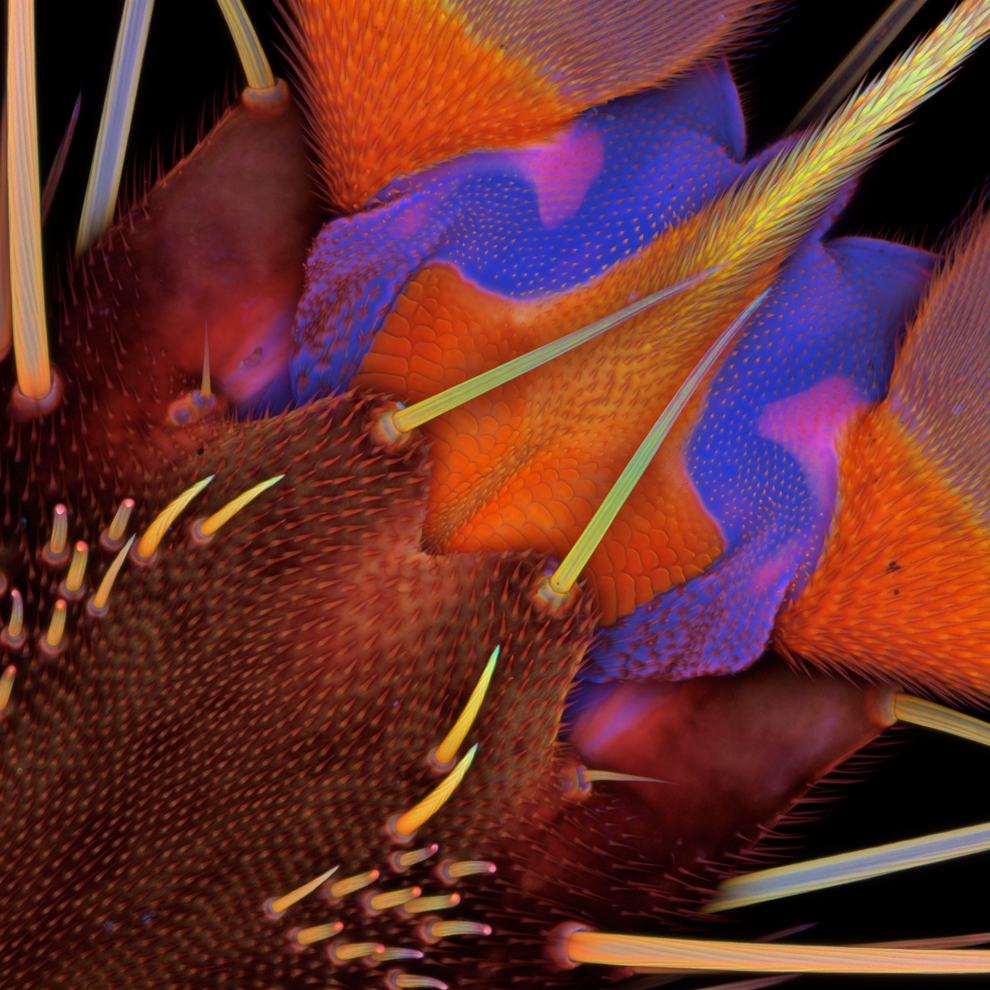

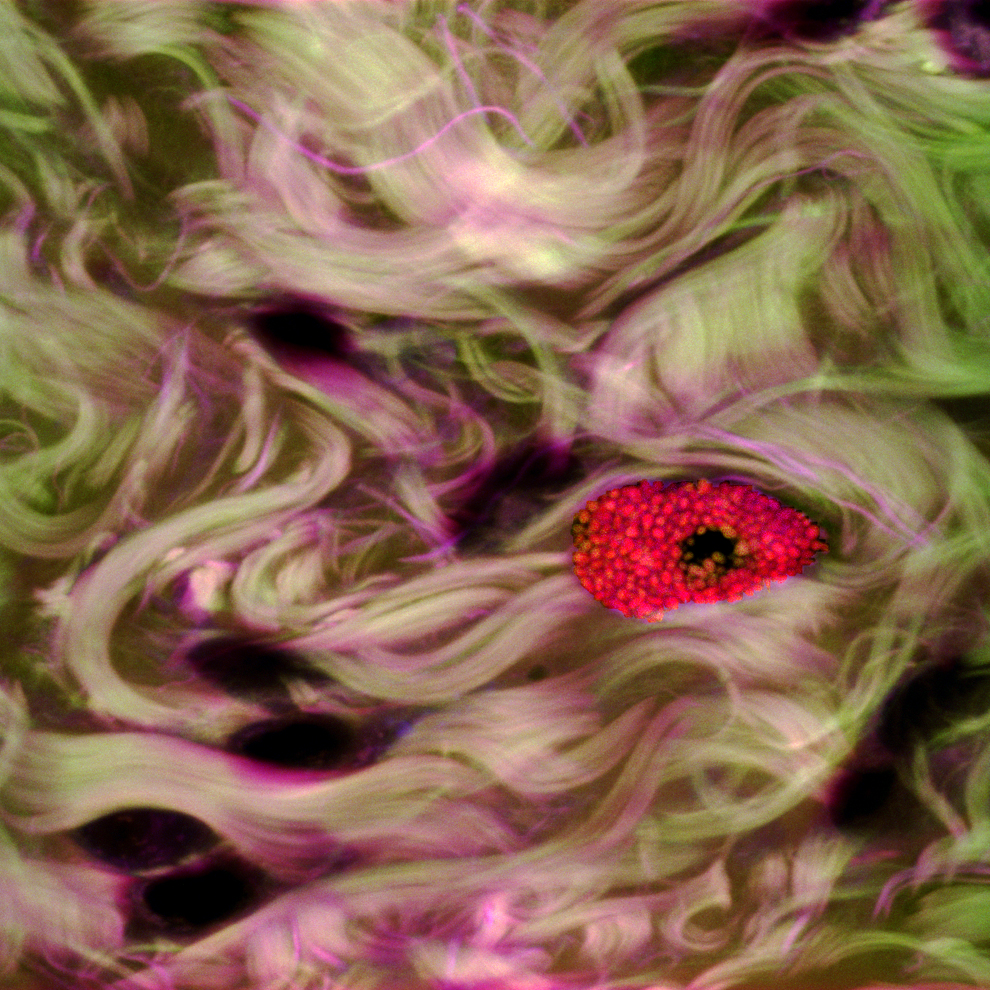
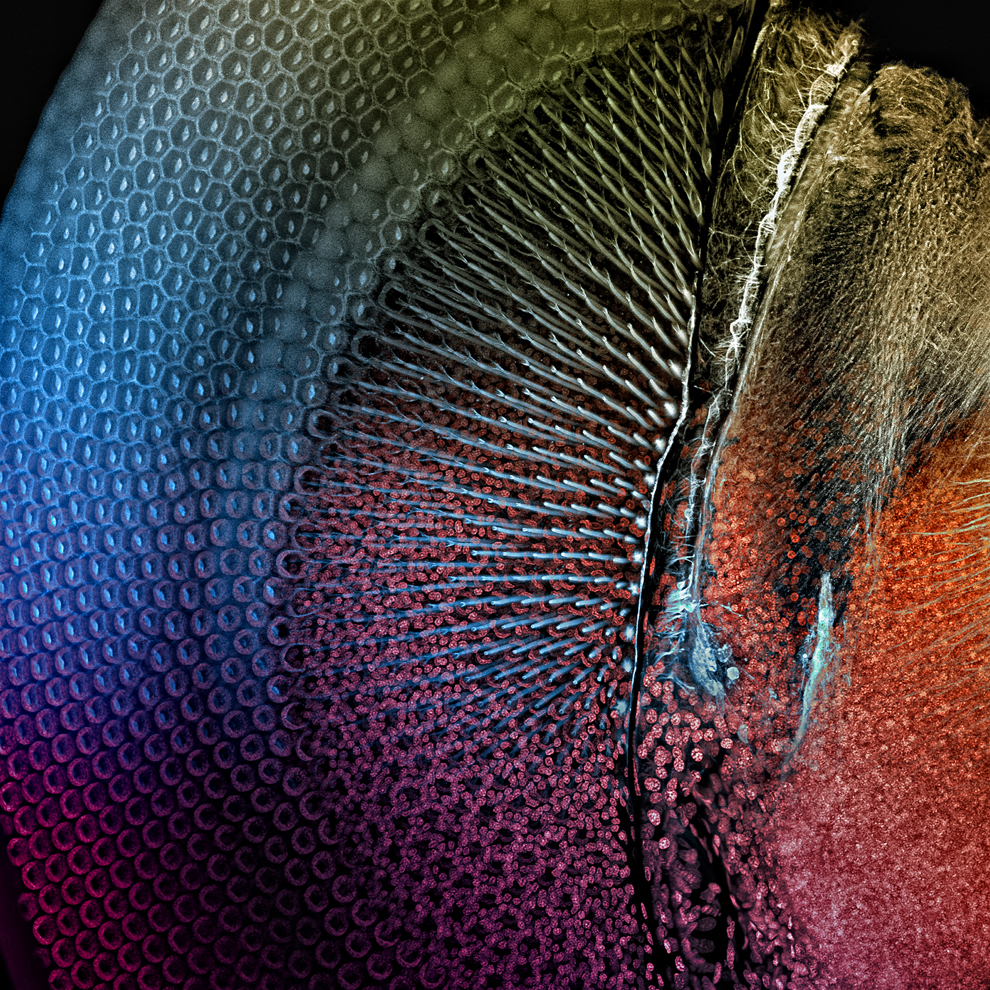
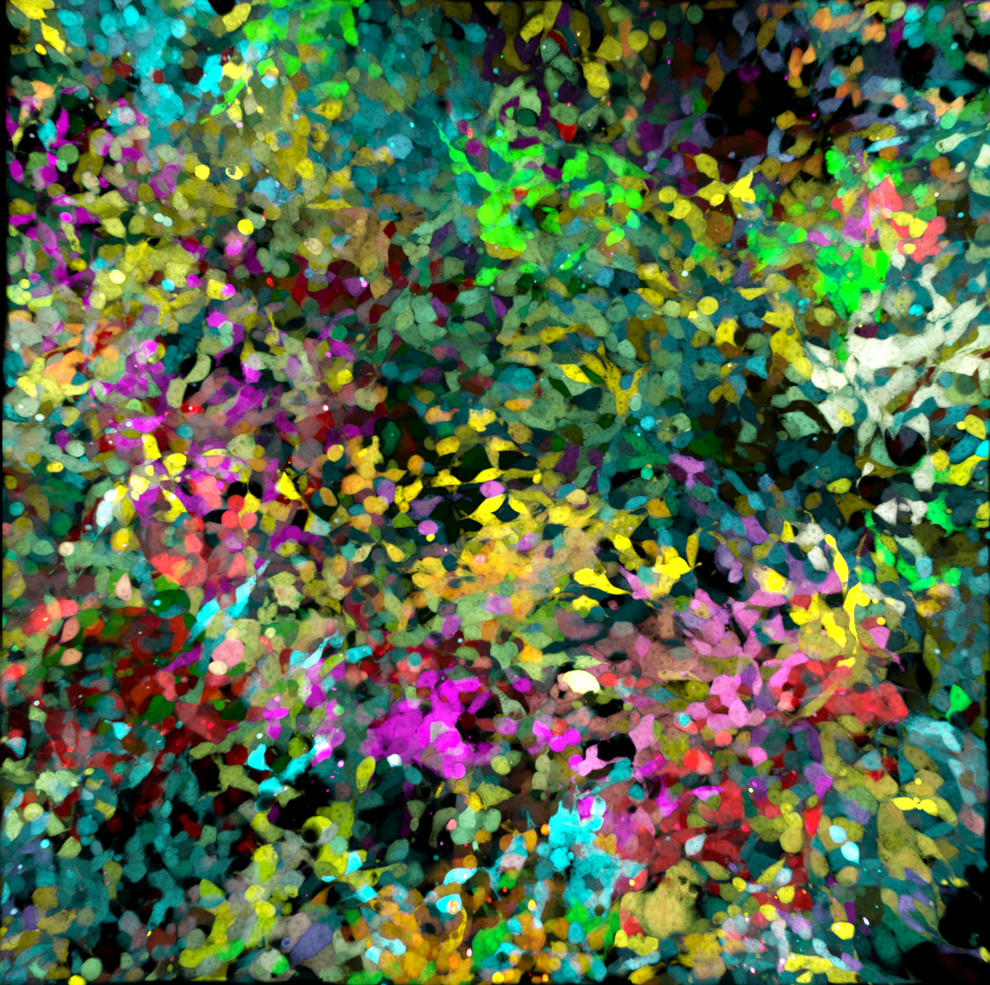
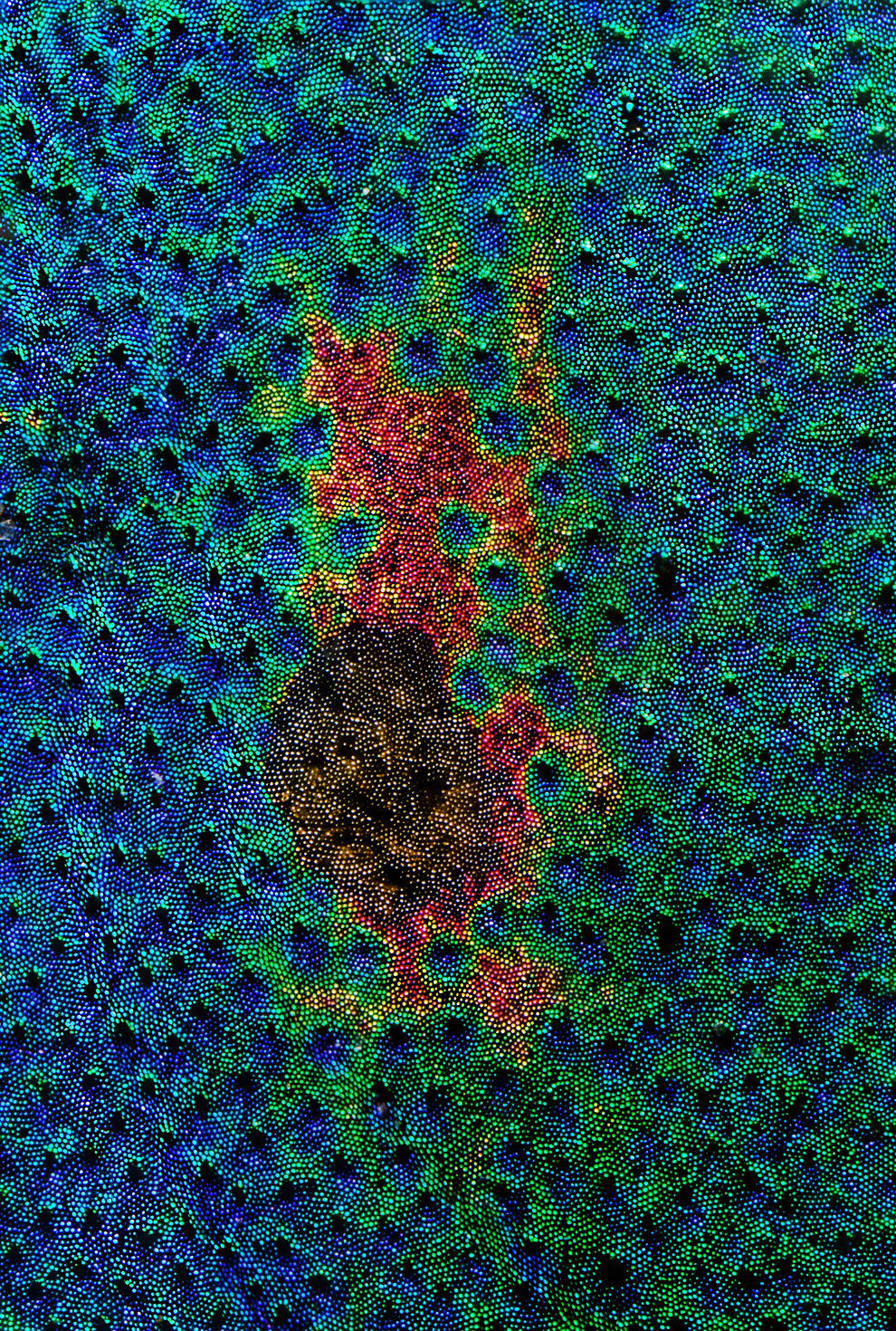
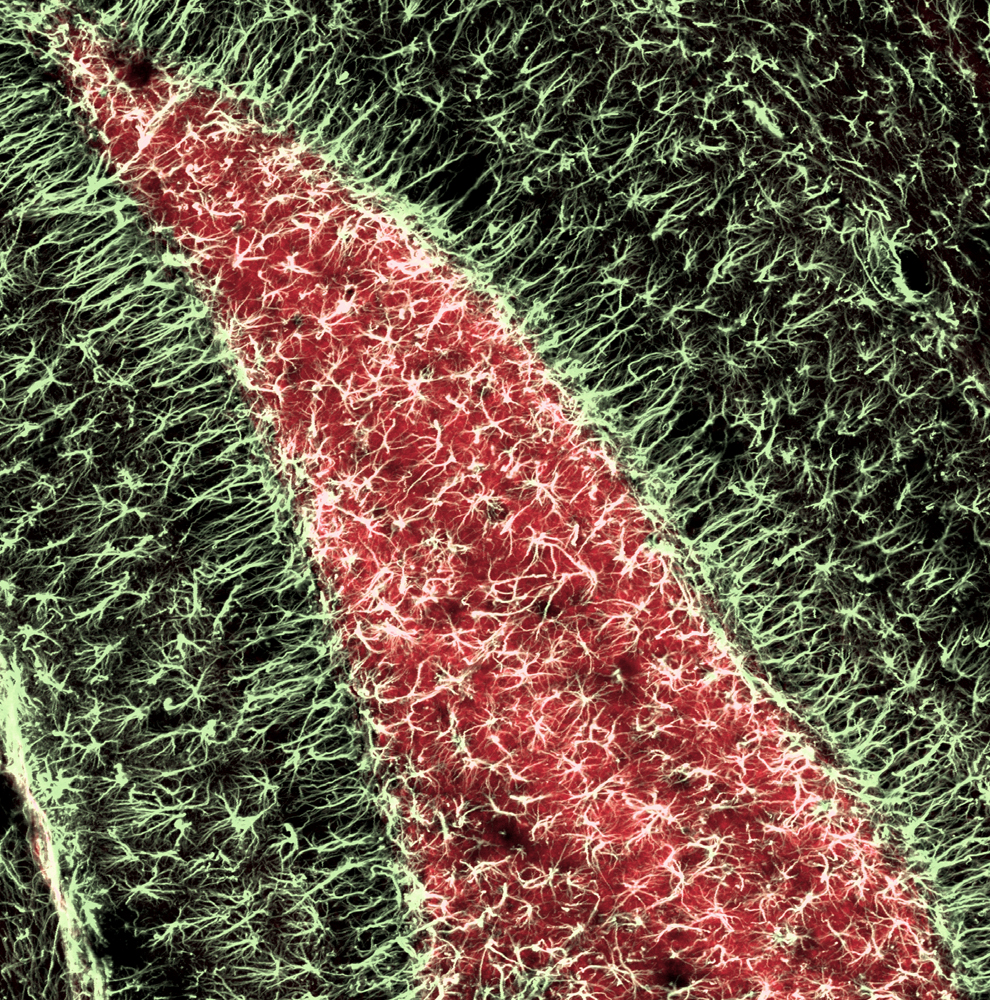
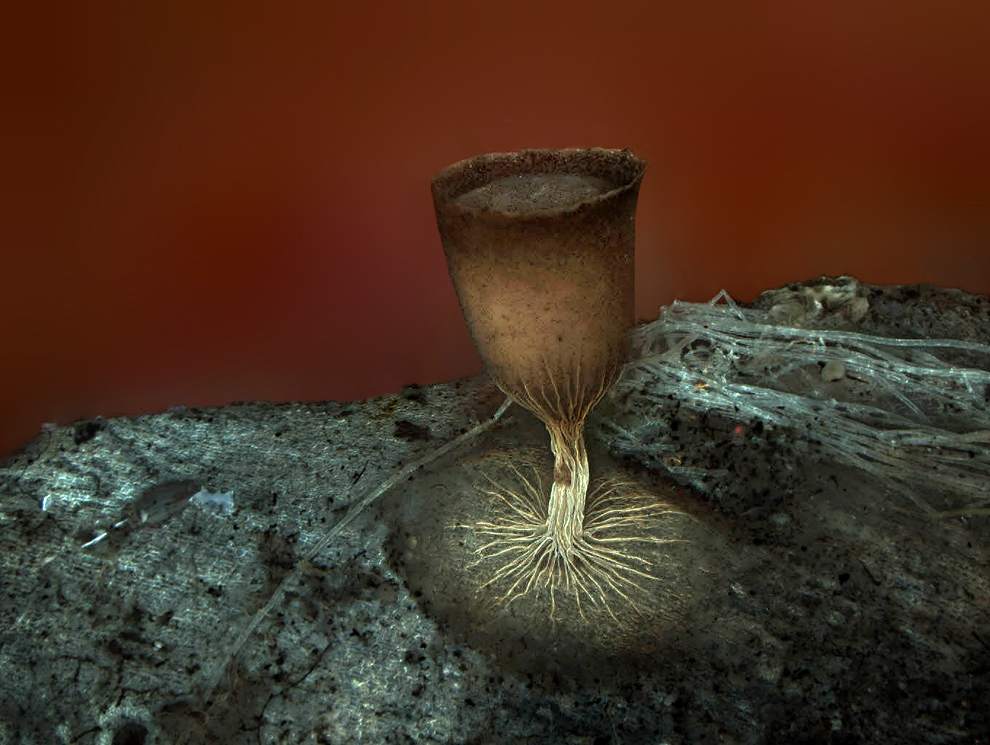
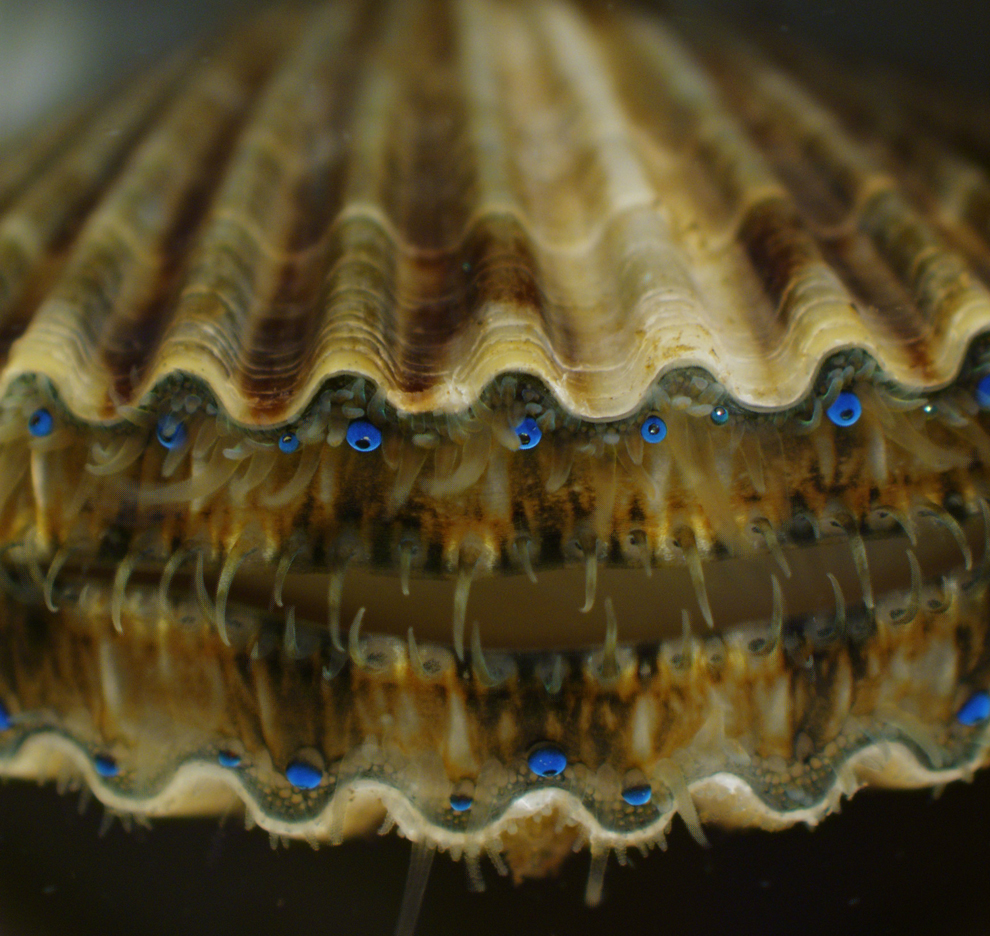
Comments
https://www.youtube.com/watch?v=tWpblrqjEjI